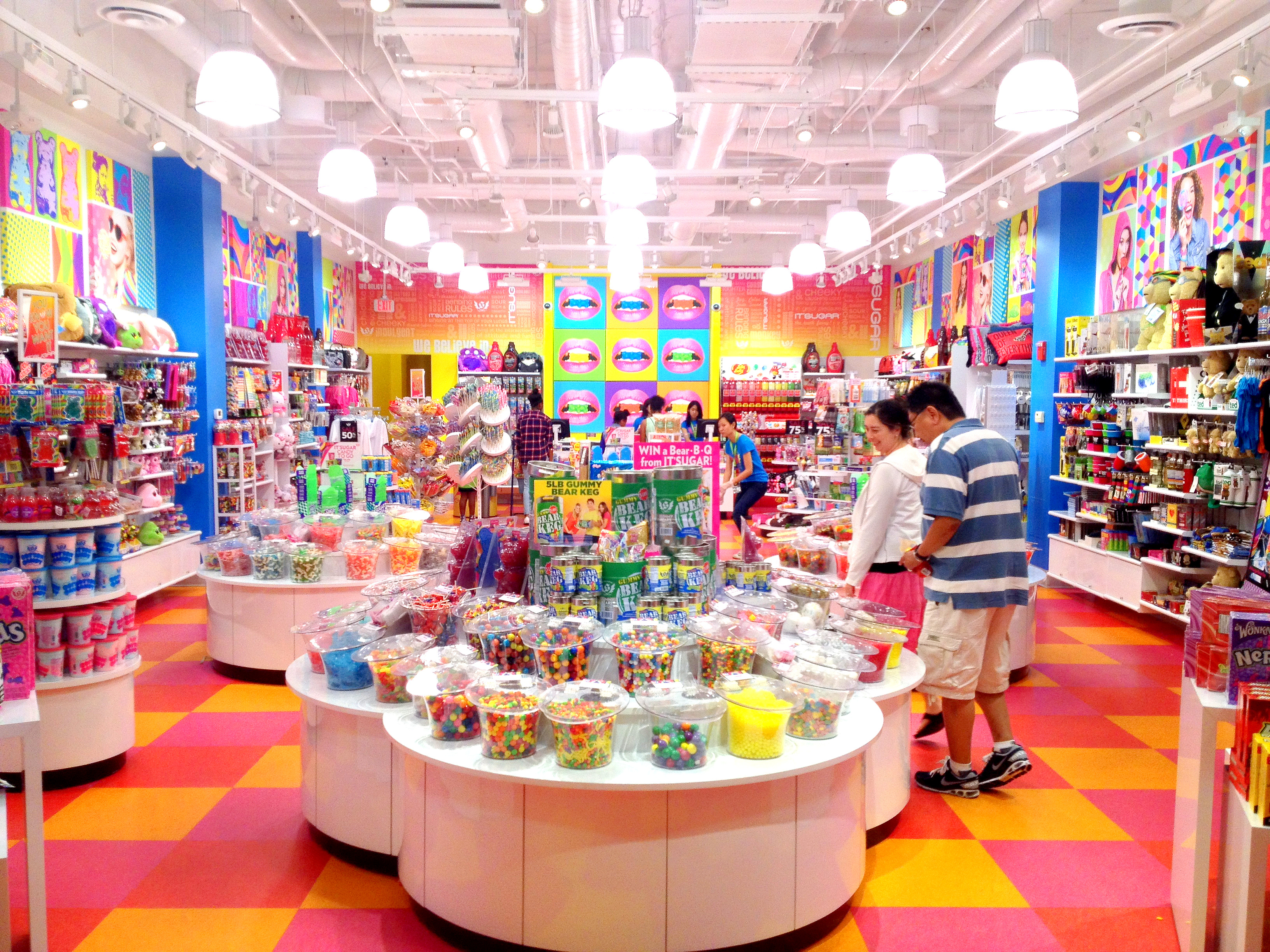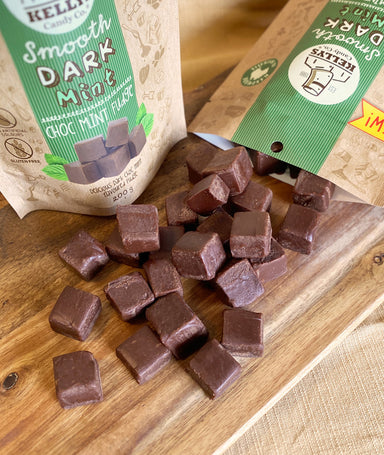The Ultimate Guide To I Luv Candi
Table of ContentsA Biased View of I Luv CandiGetting The I Luv Candi To Work7 Simple Techniques For I Luv CandiThe 8-Second Trick For I Luv CandiMore About I Luv Candi
We have actually prepared a great deal of service strategies for this type of project. Here are the common client segments. Client Sector Description Preferences Just How to Find Them Kids Youthful customers aged 4-12 Vivid sweets, gummy bears, lollipops Companion with regional schools, host kid-friendly events Teens Teenagers aged 13-19 Sour sweets, novelty products, fashionable treats Engage on social networks, collaborate with influencers Moms and dads Adults with little ones Organic and healthier alternatives, classic candies Deal family-friendly promos, advertise in parenting publications Trainees Institution of higher learning trainees Energy-boosting candies, budget friendly treats Companion with nearby schools, advertise during test periods Present Shoppers People trying to find presents Costs chocolates, gift baskets Produce captivating screens, provide customizable present alternatives In evaluating the monetary dynamics within our sweet-shop, we have actually discovered that consumers normally spend.Observations indicate that a common consumer often visits the store. Certain periods, such as vacations and special occasions, see a rise in repeat sees, whereas, during off-season months, the regularity might decrease. spice heaven. Determining the lifetime value of an average customer at the sweet store, we approximate it to be
With these aspects in factor to consider, we can deduce that the typical profits per consumer, throughout a year, hovers. This figure is pivotal in strategizing organization renovations, advertising and marketing endeavors, and customer retention tactics.(Disclaimer: the numbers defined over function as basic price quotes and may not specifically mirror the metrics of your unique company situation - https://www.metal-archives.com/users/iluvcandiau.) It's something to have in mind when you're writing the organization plan for your sweet-shop. One of the most successful customers for a candy store are frequently households with little ones.
This demographic has a tendency to make frequent acquisitions, increasing the store's income. To target and attract them, the sweet store can employ vibrant and spirited marketing strategies, such as vivid display screens, memorable promotions, and probably also organizing kid-friendly events or workshops. Producing an inviting and family-friendly environment within the store can additionally enhance the total experience.
More About I Luv Candi
You can likewise approximate your own revenue by using different presumptions with our financial prepare for a sweet-shop. Typical monthly income: $2,000 This sort of candy store is frequently a tiny, family-run service, maybe recognized to citizens however not attracting multitudes of vacationers or passersby. The store might provide a choice of typical candies and a couple of homemade deals with.
The shop does not usually lug unusual or expensive things, focusing instead on budget friendly treats in order to maintain regular sales. Assuming an average investing of $5 per client and around 400 customers per month, the regular monthly profits for this sweet shop would certainly be roughly. Typical month-to-month revenue: $20,000 This sweet-shop benefits from its calculated area in an active urban area, attracting a a great deal of clients seeking pleasant extravagances as they go shopping.
Along with its diverse sweet selection, this shop may likewise offer related products like present baskets, candy arrangements, and uniqueness things, offering multiple earnings streams - chocolate shop sunshine coast. The shop's place calls for a greater spending plan for rent and staffing yet results in higher sales volume. With an approximated ordinary spending of $10 per consumer and regarding 2,000 clients monthly, this shop can create
How I Luv Candi can Save You Time, Stress, and Money.
Located in a major city and tourist location, it's a large facility, commonly topped numerous floors and potentially part of a national or international chain. The shop supplies an immense range of sweets, including exclusive and limited-edition products, and product like branded clothing and devices. It's not simply a shop; it's a destination.
The functional costs for this type of store are considerable due to the area, size, team, and features supplied. Presuming an average purchase of $20 per consumer and around 2,500 clients per month, this flagship store could accomplish.
Classification Instances of Expenditures Average Regular Monthly Cost (Variety in $) Tips to Decrease Costs Rental Fee and Utilities Shop rent, electrical energy, water, gas $1,500 - $3,500 Think about a smaller place, negotiate rent, and use energy-efficient lighting and devices. Stock Candy, snacks, packaging materials $2,000 - $5,000 Optimize stock administration to minimize waste and track popular products to avoid overstocking.
Advertising and Advertising and marketing Printed materials, on the internet advertisements, promos $500 - $1,500 Concentrate on economical electronic marketing and utilize social media platforms free of charge promo. camel balls candy. Insurance Company obligation insurance coverage $100 - $300 Shop around for affordable insurance policy prices and consider bundling plans. Devices and Maintenance Sales register, show shelves, repair work $200 - $600 Buy secondhand equipment when possible and carry out regular navigate to this website maintenance to prolong tools lifespan
The Of I Luv Candi
Bank Card Processing Fees Costs for refining card payments $100 - $300 Bargain reduced processing costs with settlement cpus or explore flat-rate options. Miscellaneous Workplace materials, cleaning materials $100 - $300 Buy in mass and try to find price cuts on materials. A sweet-shop becomes rewarding when its total profits exceeds its complete fixed prices.

A large, well-located sweet store would undoubtedly have a higher breakeven factor than a tiny shop that does not need much profits to cover their expenditures. Interested concerning the productivity of your candy shop?
The Greatest Guide To I Luv Candi

Financial slumps that lower consumer spending can affect candy shop sales and profitability, making it important for sweet shops to manage their expenditures and adjust to changing market conditions to remain successful. These threats are frequently included in the SWOT analysis for a sweet-shop. Gross margins and internet margins are key indicators made use of to gauge the earnings of a candy shop company.
Basically, it's the profit staying after subtracting costs directly related to the sweet supply, such as purchase expenses from suppliers, production prices (if the candies are homemade), and staff salaries for those entailed in production or sales. Internet margin, alternatively, elements in all the costs the sweet shop sustains, consisting of indirect costs like management expenses, marketing, rental fee, and taxes.
Sweet shops generally have an average gross margin.For instance, if your candy shop earns $15,000 monthly, your gross earnings would certainly be approximately 60% x $15,000 = $9,000. Allow's show this with an instance. Consider a sweet-shop that marketed 1,000 sweet bars, with each bar valued at $2, making the overall revenue $2,000. The shop sustains costs such as purchasing the sweets, utilities, and salaries for sales team.